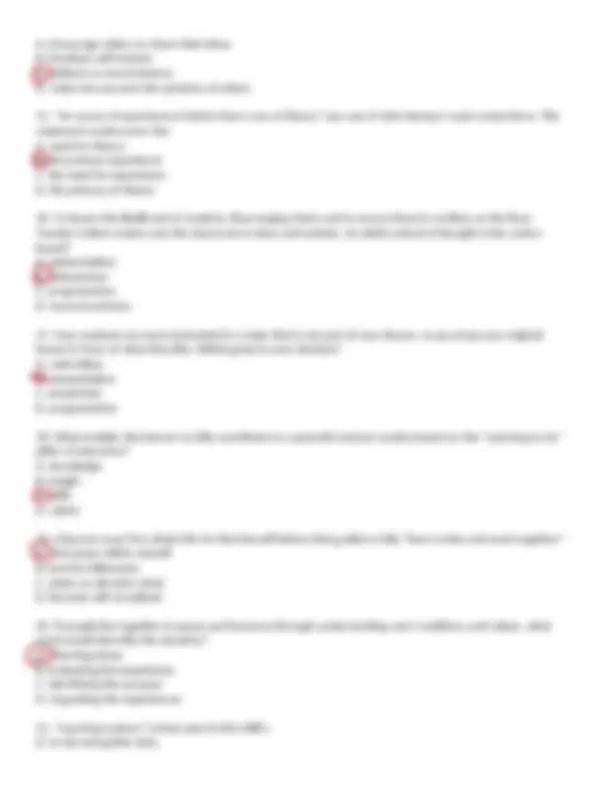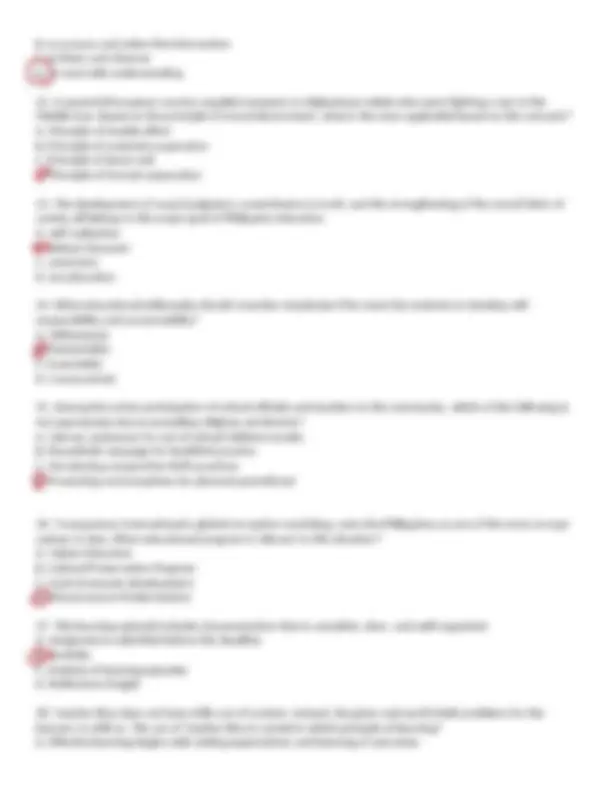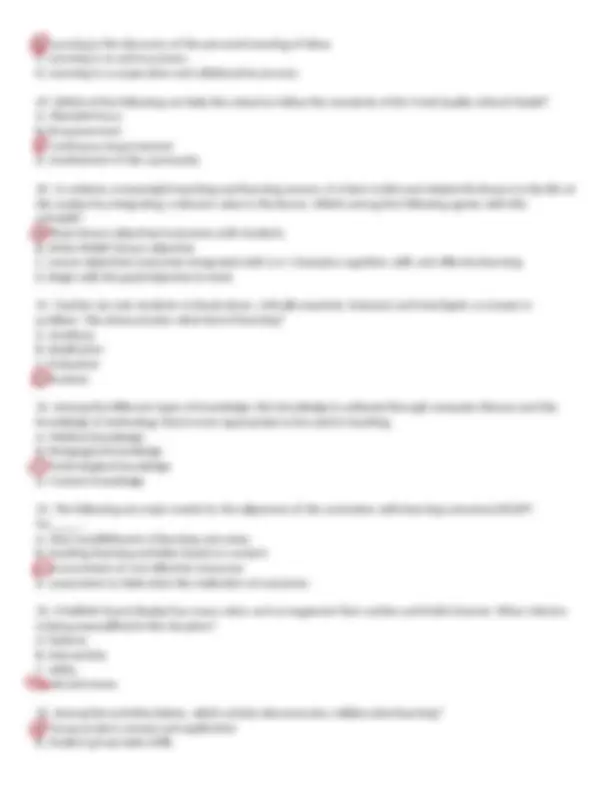






Study with the several resources on Docsity

Earn points by helping other students or get them with a premium plan


Prepare for your exams
Study with the several resources on Docsity

Earn points to download
Earn points by helping other students or get them with a premium plan
Community
Ask the community for help and clear up your study doubts
Discover the best universities in your country according to Docsity users
Free resources
Download our free guides on studying techniques, anxiety management strategies, and thesis advice from Docsity tutors
PROF ED 123; CHILD & ADOLESCENT DEVELOPMENT
Typology: Exams
1 / 8

This page cannot be seen from the preview
Don't miss anything!





B. Evening vocational classes for drop-outs C. Morning and afternoon sessions D. Development of instruction materials
B. to process and select the information C. to listen and observe D. to read with understanding
B. Learning is the discovery of the personal meaning of ideas C. Learning is an active process D. Learning is a cooperative and collaborative process
C. disciplined guidance D. persistent counseling